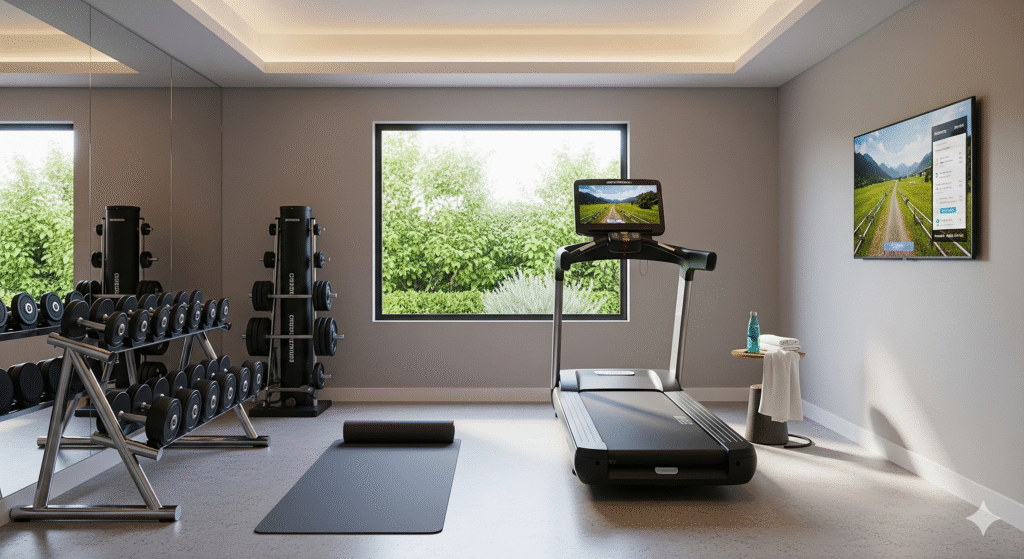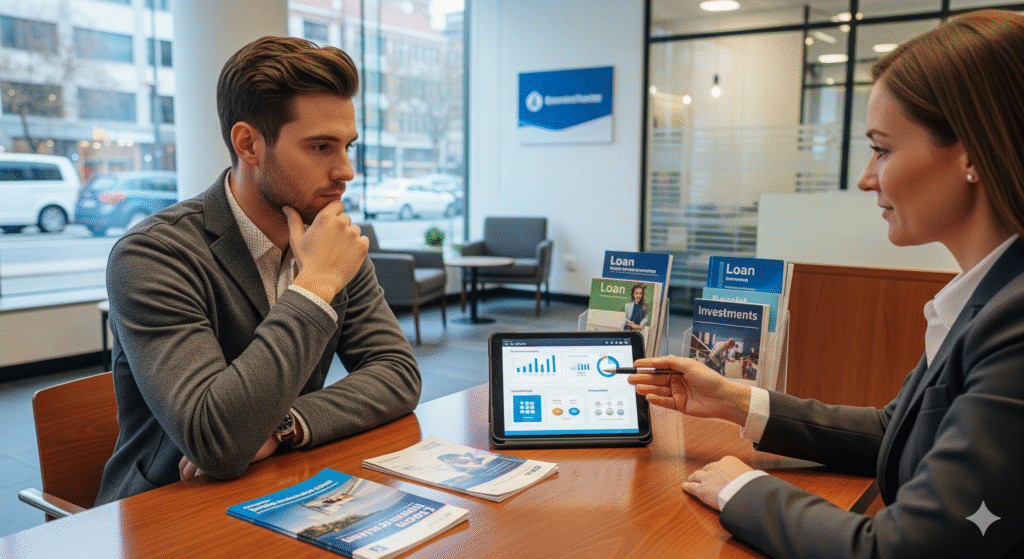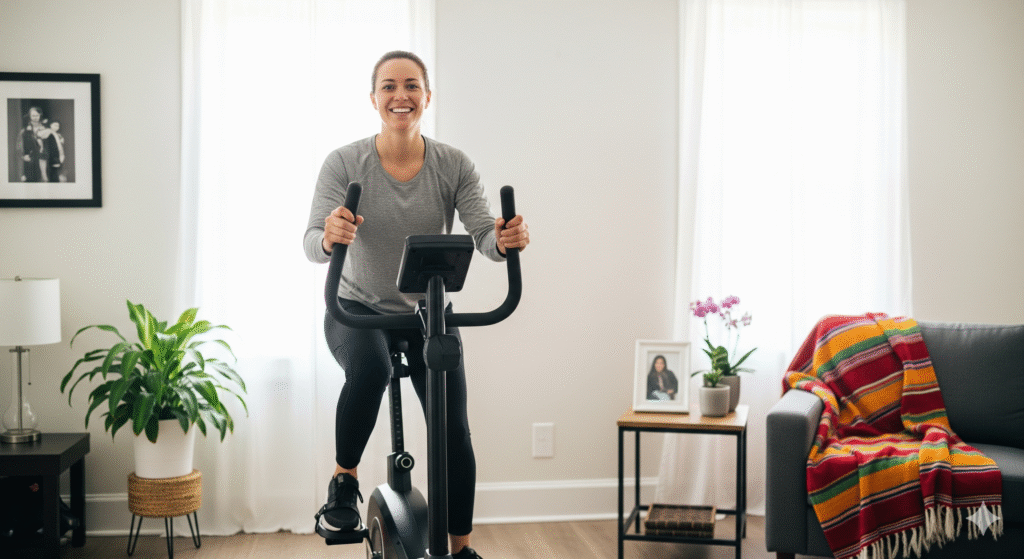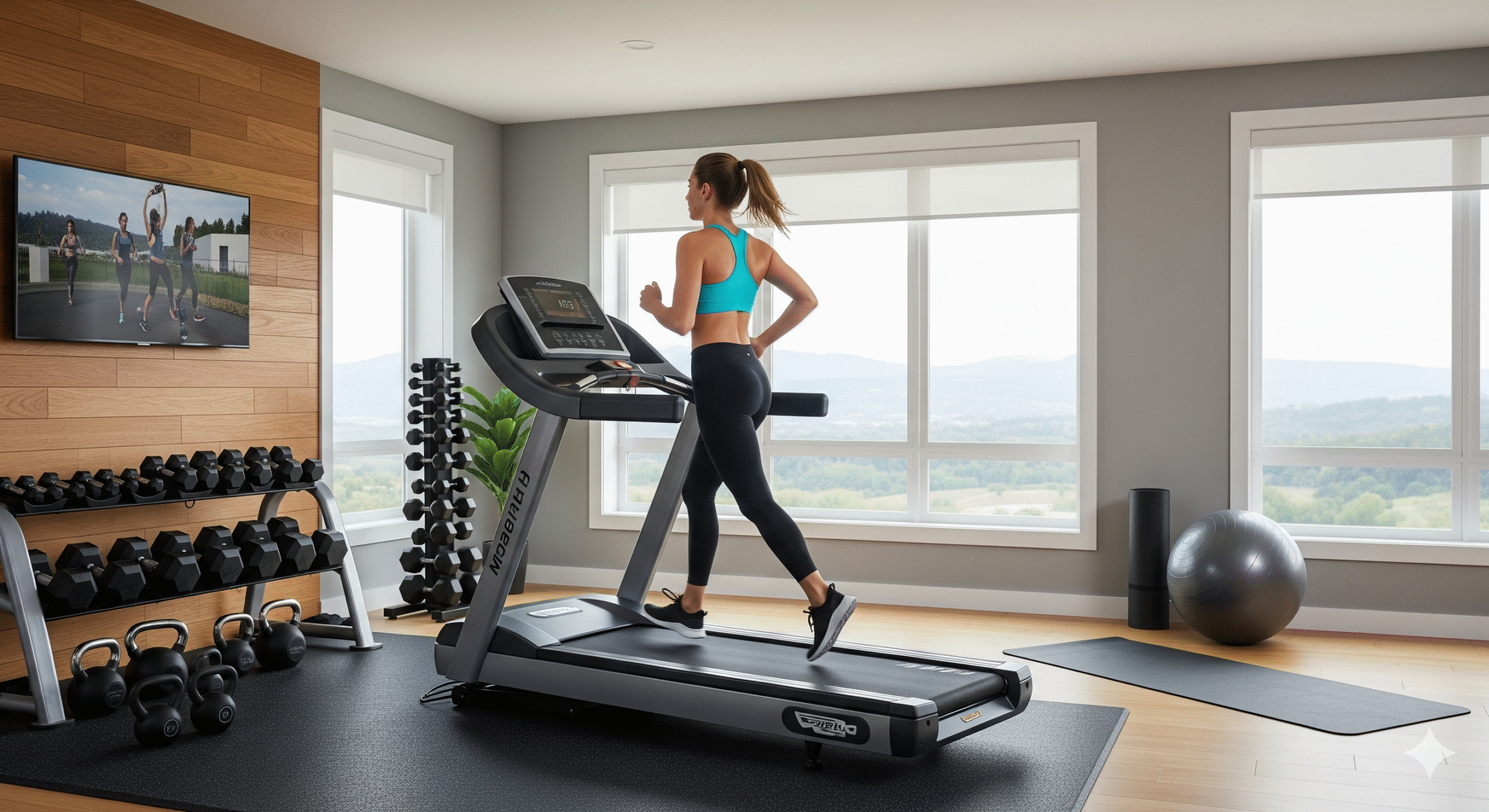Fitness Equipment Financing: Ways to Stay Healthy on a Budget
Investing in fitness equipment is one of the smartest decisions you can make for your health. Having your own treadmill, stationary bike, or weight set means you don’t have to depend on expensive gym memberships or worry about scheduling workouts around someone else’s hours.
But let’s face it—quality fitness equipment can be expensive. A good treadmill can cost anywhere from \$800 to \$3,000, while advanced home gym systems may go as high as \$5,000+. Not everyone can pay that amount upfront, which is where fitness equipment financing comes in.

In this guide, we’ll explore different financing options, tips for saving money, and smart ways to build your home gym on a budget without sacrificing quality.
Why Consider Financing for Fitness Equipment?
Before diving into financing options, let’s understand why it makes sense:
- Affordability: Break down large payments into smaller, manageable monthly installments.
- Immediate Access: Start your fitness journey right away instead of saving for months.
- Build Credit: Responsible financing can improve your credit score.
- Stay Consistent: Having equipment at home keeps you motivated to work out regularly.
👉 Financing isn’t just about affordability; it’s about making health a long-term priority.
Best Financing Options for Fitness Equipment
1. Retailer Financing Programs
Many fitness brands and online stores (like NordicTrack, Peloton, and Bowflex) offer in-house financing.
- Often come with 0% APR for a limited time (6–24 months).
- Quick and easy approval process.
- Usually requires a good credit score.
💡 Tip: Always check for hidden fees after the 0% APR period.
2. Personal Loans

If you need a larger setup or multiple machines, a personal loan could be a better choice.
- Fixed interest rates.
- Predictable monthly payments.
- Can be used for any type of fitness-related purchase.
✅ Best for people who want flexibility and don’t qualify for retailer financing.
3. Credit Cards with Introductory Offers
Some credit cards offer 0% interest for 12–18 months on purchases.
- Great for short-term financing.
- Can earn cashback or reward points on purchases.
- Risk: High interest rates after the promo period.
4. Buy Now, Pay Later (BNPL) Services
Platforms like Affirm, Klarna, and Afterpay partner with many fitness retailers.
- Split payments into weekly or monthly installments.
- No hard credit checks in most cases.
- Flexible but may charge late fees.
5. Home Equity Loan or Line of Credit (HELOC)
For homeowners, using home equity can be a smart option if you’re investing in a full gym setup.
- Lower interest rates compared to credit cards.
- Longer repayment terms.
- Risk: Your home is collateral.
6. Employer Wellness Programs
Some companies offer fitness reimbursements or health loans for wellness expenses.
- Can cover gym memberships, fitness classes, or equipment.
- Often overlooked but worth checking with HR.
Budget-Friendly Alternatives

Not everyone needs a \$2,000 treadmill. You can still build a great home gym without overspending.
- Buy Second-Hand: Platforms like Craigslist, Facebook Marketplace, or Play It Again Sports.
- Resistance Bands & Dumbbells: Affordable and versatile.
- Compact Multi-Gyms: Save money and space with all-in-one systems.
- Online Workouts: Instead of expensive equipment, invest in bodyweight training or subscription apps.
How to Choose the Right Financing Plan
When comparing financing options, consider these factors:
- Interest Rate (APR) – Lower is better.
- Monthly Payment – Make sure it fits comfortably in your budget.
- Fees & Penalties – Watch for hidden charges.
- Credit Impact – Some lenders run hard inquiries.
- Repayment Flexibility – Early payoff options save money.
Expert Tips to Save Money on Fitness Equipment
- Buy Around Holidays: Black Friday and New Year’s sales often offer deep discounts.
- Bundle Packages: Some brands offer sets (like weights + benches) at reduced prices.
- Refurbished Equipment: Many companies sell certified refurbished machines with warranties.
- Negotiate: At local fitness stores, prices are often negotiable.
Conclusion
Fitness equipment financing is a practical solution for people who want to stay fit without straining their wallets. Whether you choose retailer financing, a personal loan, or a credit card promotion, the key is to plan smartly and avoid debt traps.
Remember, investing in your health is never a waste—it’s a long-term commitment to yourself.
The Future of Health and Fitness: How Finance and Technology Are Transforming Wellness
FAQs (Fitness Equipment Financing)
1. Is financing fitness equipment a good idea?
Yes, if you choose low-interest or 0% APR options and can make consistent payments.
2. What credit score do I need to finance gym equipment?
Most retailers require at least 600–650+ for approval, but BNPL services may accept lower.
3. Can I deduct fitness equipment from my taxes?
Generally, no. But if you are a fitness trainer or business owner, equipment may be tax-deductible.
4. Is buying second-hand fitness equipment safe?
Yes, if you test it before purchase and ensure it’s from a trusted seller.
5. What’s the cheapest way to finance fitness equipment?
Retailer financing with 0% APR is usually the most affordable option.
External Resources
- American Council on Exercise (ACE) – Trusted fitness authority.
- Consumer Financial Protection Bureau (CFPB) – Guide to understanding loans & credit.
- Verywell Fit – Expert fitness & health advice.
